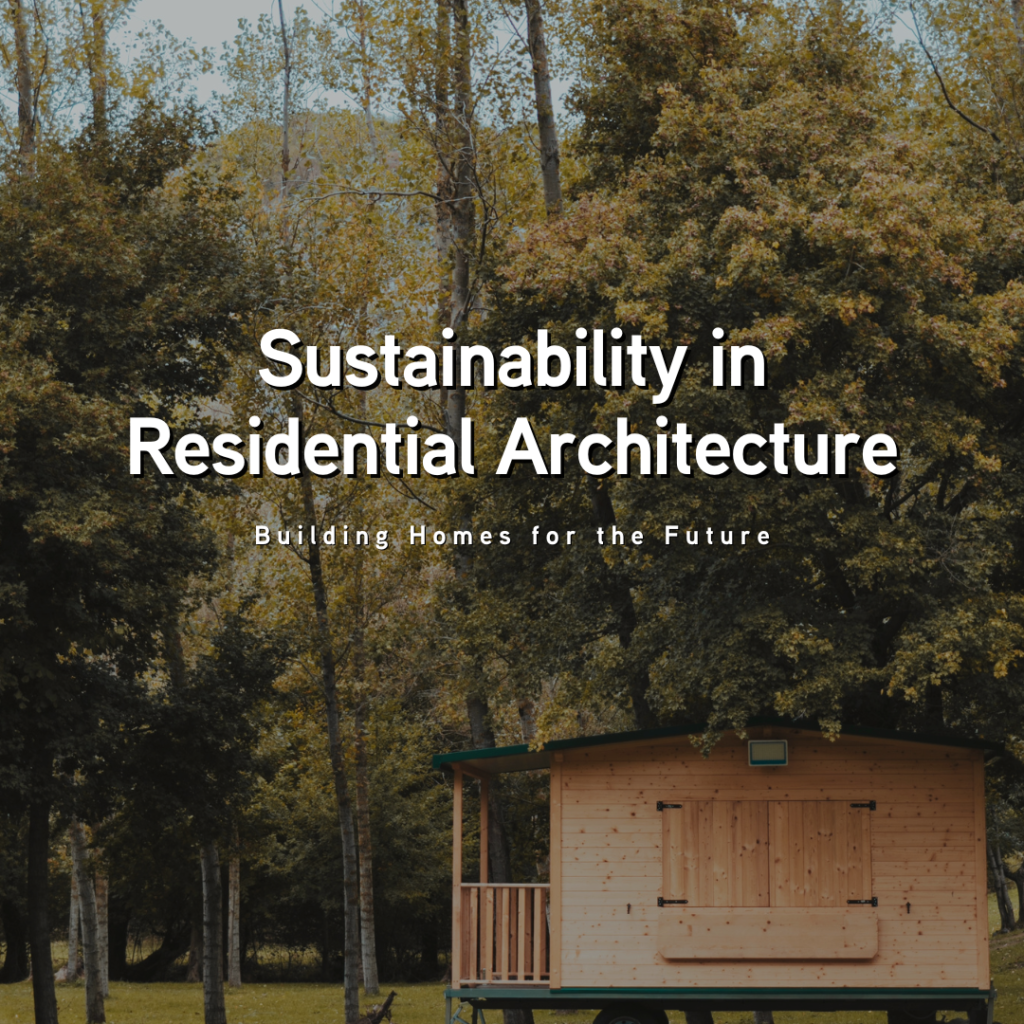The importance of AAPI representation in the AEC industry
The Asian American and Pacific Islander (AAPI) community has significantly contributed to the architecture, engineering, and construction industry in the United States. From designing iconic buildings to constructing massive infrastructure projects, AAPI professionals have played a vital role in shaping the built environment of America. In honor of Asian American and Pacific Islander Heritage Month, we wanted to explore the importance of AAPI’s influence in the AEC industry.
First and foremost, AAPI professionals bring diverse perspectives and experiences to the AEC industry. As a community, AAPI individuals hail from various countries, cultures, and backgrounds. This diversity brings fresh ideas and approaches to design and construction projects, helping to create unique and innovative solutions that might not otherwise be possible. In addition, AAPI professionals bring valuable insights into global markets and cultures, which can be a significant advantage in an increasingly interconnected world.
Furthermore, AAPI professionals have been instrumental in shaping the AEC industry in the United States. Many AAPI architects, engineers, and builders have designed and constructed some of the country’s most recognizable buildings and infrastructure projects. For example, the San Francisco-Oakland Bay Bridge, the Hoover Dam, and the Trans-Alaska Pipeline System were all designed and built with the help of AAPI professionals.
Moreover, AAPI professionals have significantly contributed to sustainable design and construction practices. AAPI cultures have a long history of sustainability practices, such as using renewable materials and optimizing natural resources, which are becoming increasingly incorporated into modern design and construction projects. Thus, many AAPI architects and engineers have embraced the principles of green building and have worked to incorporate sustainable materials, energy-efficient systems, and environmentally friendly designs into their projects. This commitment to sustainability is good for the environment and helps create more livable and healthy communities, and helps to create a more sustainable future for the AEC industry and the world at large.
Despite the significant contributions of AAPI professionals to the AEC industry, the community has faced its share of challenges. AAPI professionals have often had to overcome discrimination and prejudice in the workplace and broader society. Furthermore, AAPI professionals have historically been underrepresented in leadership positions within the AEC industry, which has limited their influence and ability to effect change. To address these issues, the AEC industry must work to create a more inclusive and diverse workplace. This means actively recruiting and promoting AAPI professionals and providing mentorship and professional development opportunities. It also means fostering a workplace culture that values diversity and is free from discrimination and bias.
Therefore, the contributions of AAPI professionals to the AEC industry cannot be overstated. From bringing diverse perspectives and innovative ideas to designing iconic buildings and infrastructure projects, AAPI professionals have played a vital role in shaping the built environment of America. Moving forward, the AEC industry must continue to work towards creating a more inclusive and diverse workplace that values all professionals’ contributions, regardless of their background or identity.






